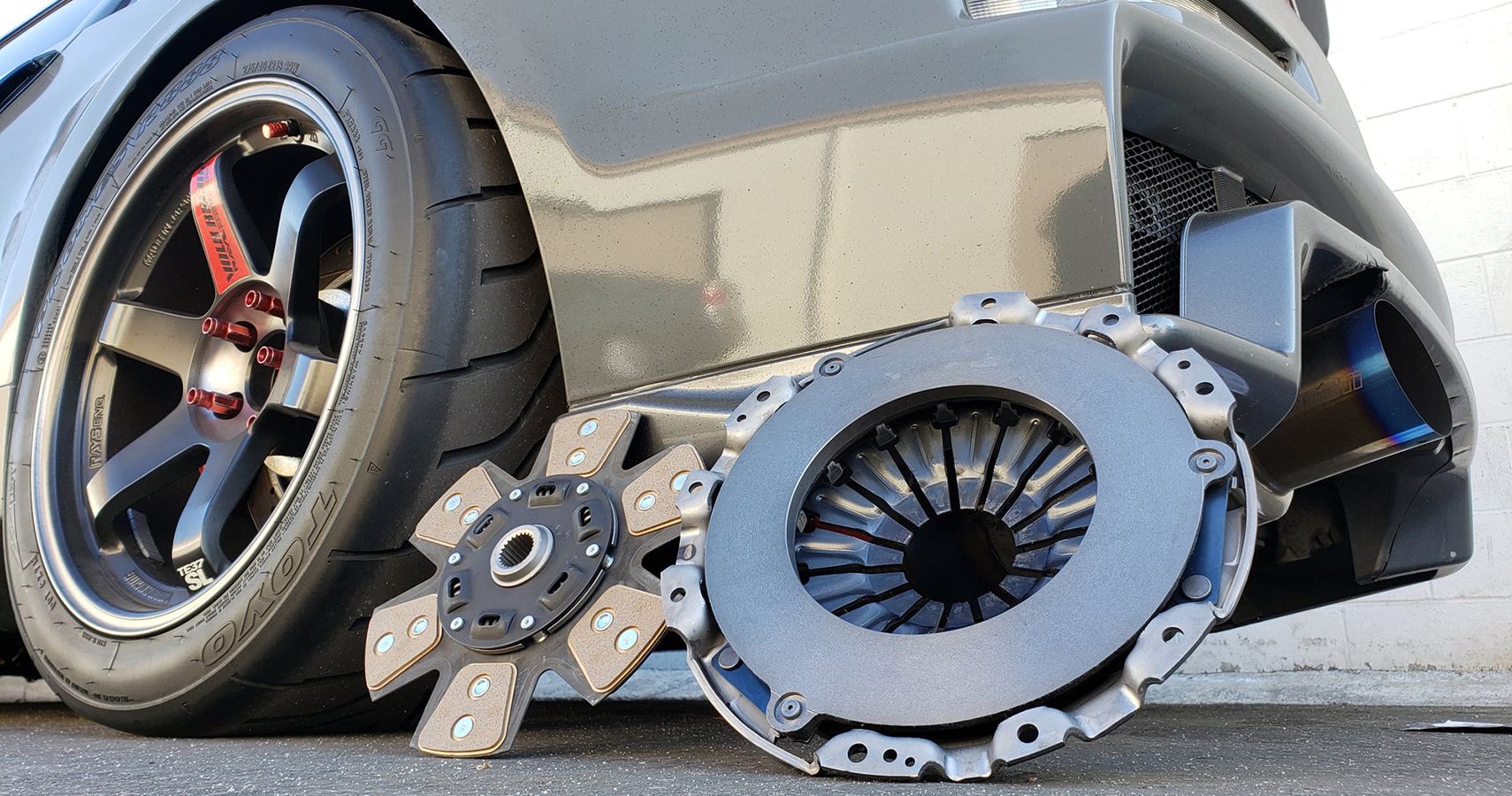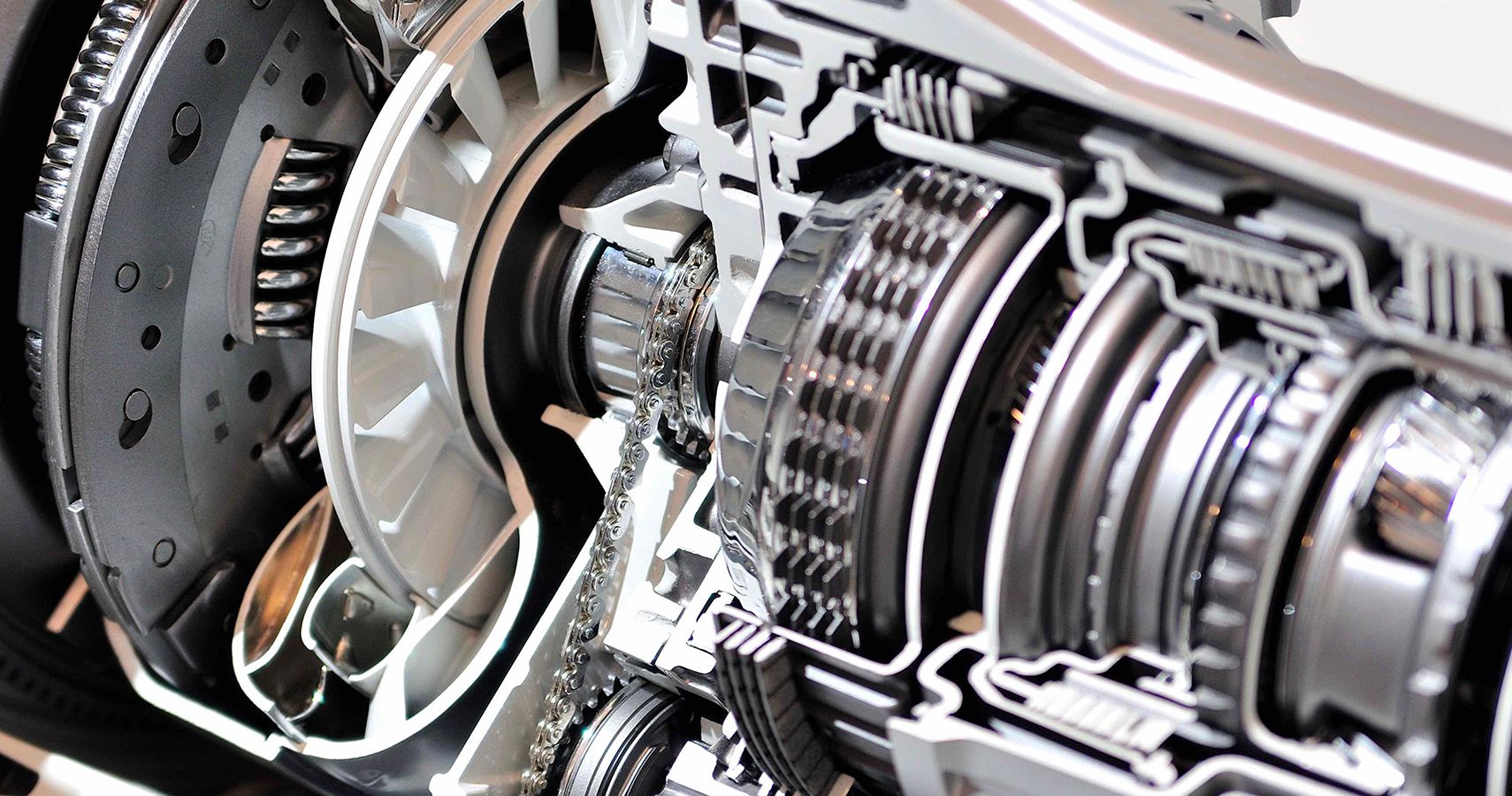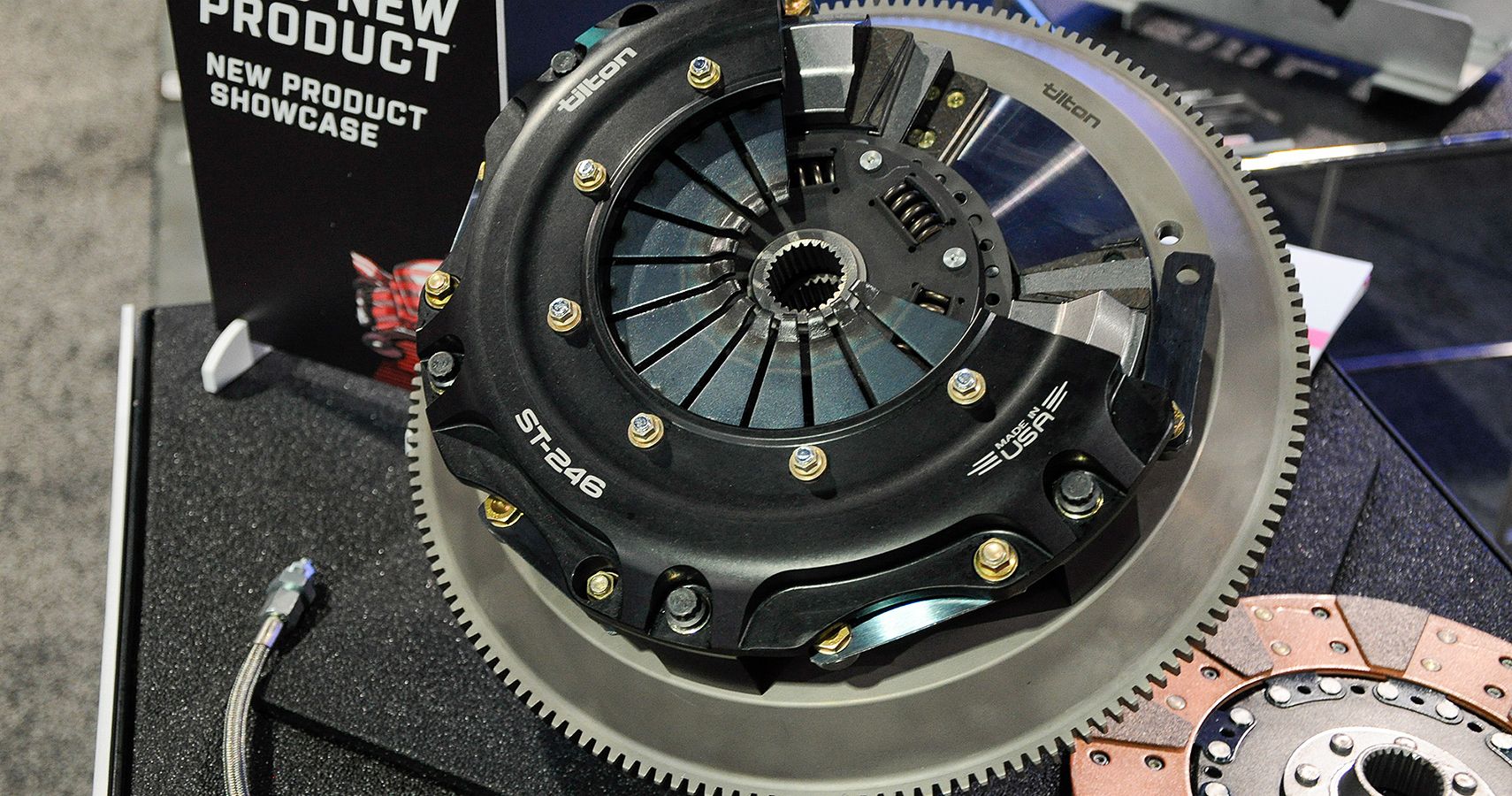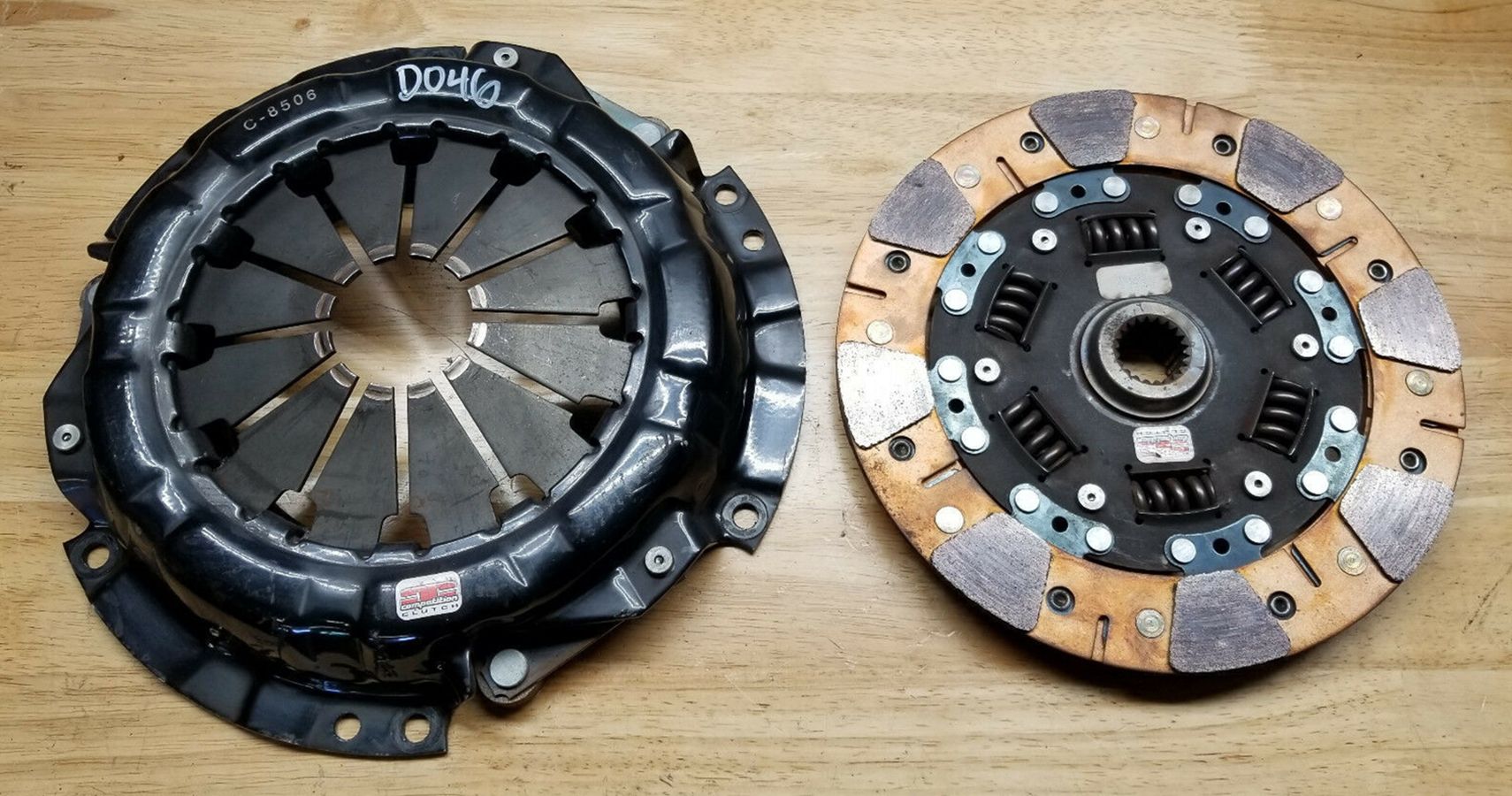Behind every gearhead’s dream of driving a stick shift, or manual transmission, lies a clutch – something AT fans know nothing about. It may seem mysterious and complicated to many but in fact, the clutch, a key part of any manual transmission is an easy thing to decode and know about.
A lot of us love what performance cars are, and sometimes, in our eagerness to become gearheads, we may go at it half-cocked and listen to people out there to make a buck, ruining our rides in the process.
A stage 3 clutch is a serious piece of equipment, the kind you need if you hit the track more often than not and drive a car that may just be illegal on the road in just about most if not all states.
So here's what a stage 3 clutch is and who needs it. But before that, let’s first learn the basics of a clutch and why we may not need a performance clutch for a daily driver.
The Basics Of A Clutch
The war to save the manual transmission is still on, so let's learn about what is a clutch. As the name implies, there is a bit of grabbing going on, because the clutch is the key point of contact between the engine and the transmission and is basically the torque converter of manual cars.
A clutch is made up of a clutch disc, a flywheel, a pressure plate, and a diaphragm spring, the last of which removes the pressure from the disc once the clutch pedal is depressed, to change the gears.
The disc is attached to the transmission shaft with splines or ridges, and it lies between the flywheel and the pressure plate. While the disc rotates with the transmission, the flywheel and plate rotate with the engine. It’s the flywheel where the torque is transferred to the engine. The clutch also has internal springs that basically reduce surface wear and tear as well as shock between the engine and the clutch.
In a manual transmission, remember that you always press the clutch pedal to disengage the spring and then change the gears, a higher gear working in tandem with a higher engine RPM.
What Is A Performance Clutch?
A performance clutch, also known as Stage 1-5 clutches, involves stronger springs and heavy-duty discs, all of which give you a clutch with better holding power, thus reducing any torque and power wastage and making the engine work that much faster and efficient.
Unlike clutch discs in normal vehicles used for daily driving, made of organic compounds, performance clutch discs use Kevlar, carbon, ceramic, and even iron. This helps the clutch to better be able to bear the force and the resulting heat from an engine that's not only big but generating enough heat for a nuclear meltdown.
A stage 1 clutch usually uses Kevlar with organic compounds mixed in whilst stage 2 goes pure Kevlar. Stage 3 has a carbon semi-metallic six-puck disc while in stage 4, the hub also solidifies into a riveted one. Stage 5 is all about pure metallic discs and is perfect for extreme performance cars.
A performance clutch is not needed for a car that takes you to the office and home on weekdays and hits the highways on the weekend. You need a performance clutch only when racing on the track because engine temperatures in a tuned car can go way beyond what an ordinary clutch can handle.
Track vehicles also need strong launch control, something that basically needs to keep the car stationary, with the engine revving at full RPM, to immediately launch into a high speed the moment the flag drops. A normal clutch would slip too much to provide this kind of control.
The Stage 3 Clutch Decoded
A stage 3 clutch is made for a serious driver and for cars that are tuned to the zenith, leaving stock far behind. It comes with a heavy-duty pressure plate as well as a six-puck ceramic hub disc able to withstand tons of heat and allowing for faster engagement with no slipping. While some streetcars do find a use for it, you need to put it in a vehicle with high torque capacity, and it also comes in a three puck format.
Forget daily driving, a stage 3 clutch is what you need if you are serious about street, drag racing, pulling, and autocross use, and sometimes even drifting.
There’s a reason why you should not daily drive with a race clutch and that’s because the heavy-duty materials in the clutch can fuse and leave you stranded on the road with no way to control the gears if they overheat. A stage 3 clutch works in tandem with a tuned engine that has better air coolers or radiators to keep the engine temperature in check. In a normal car, the heat of the engine can lead a stage 3 clutch to misbehave and cause problems.
Plus, using a performance clutch is also likely to give your hard launches and stuttering hill starts, so leave it to those who truly need it on the track.
Sources: Road&Track, NISformance




